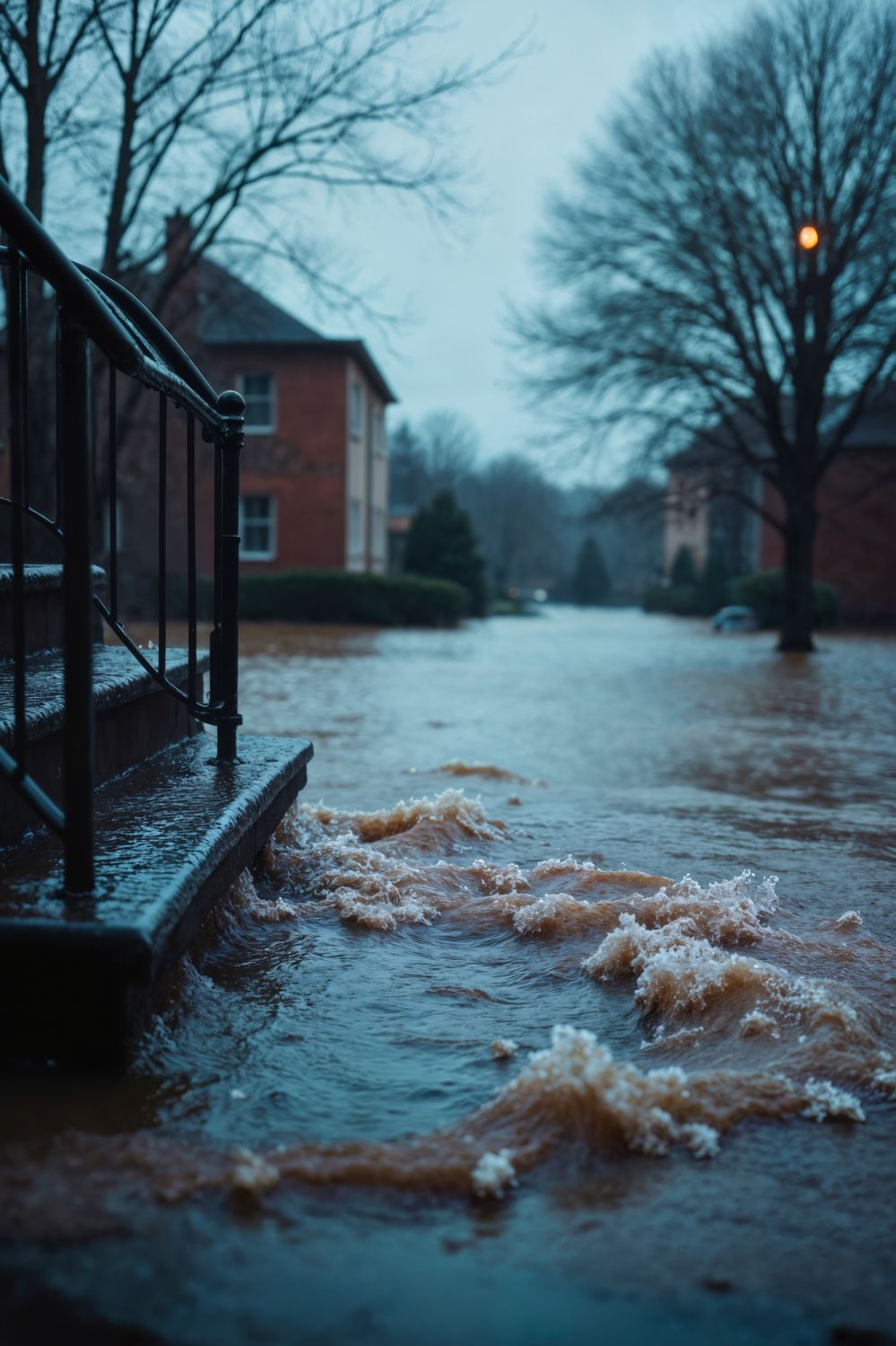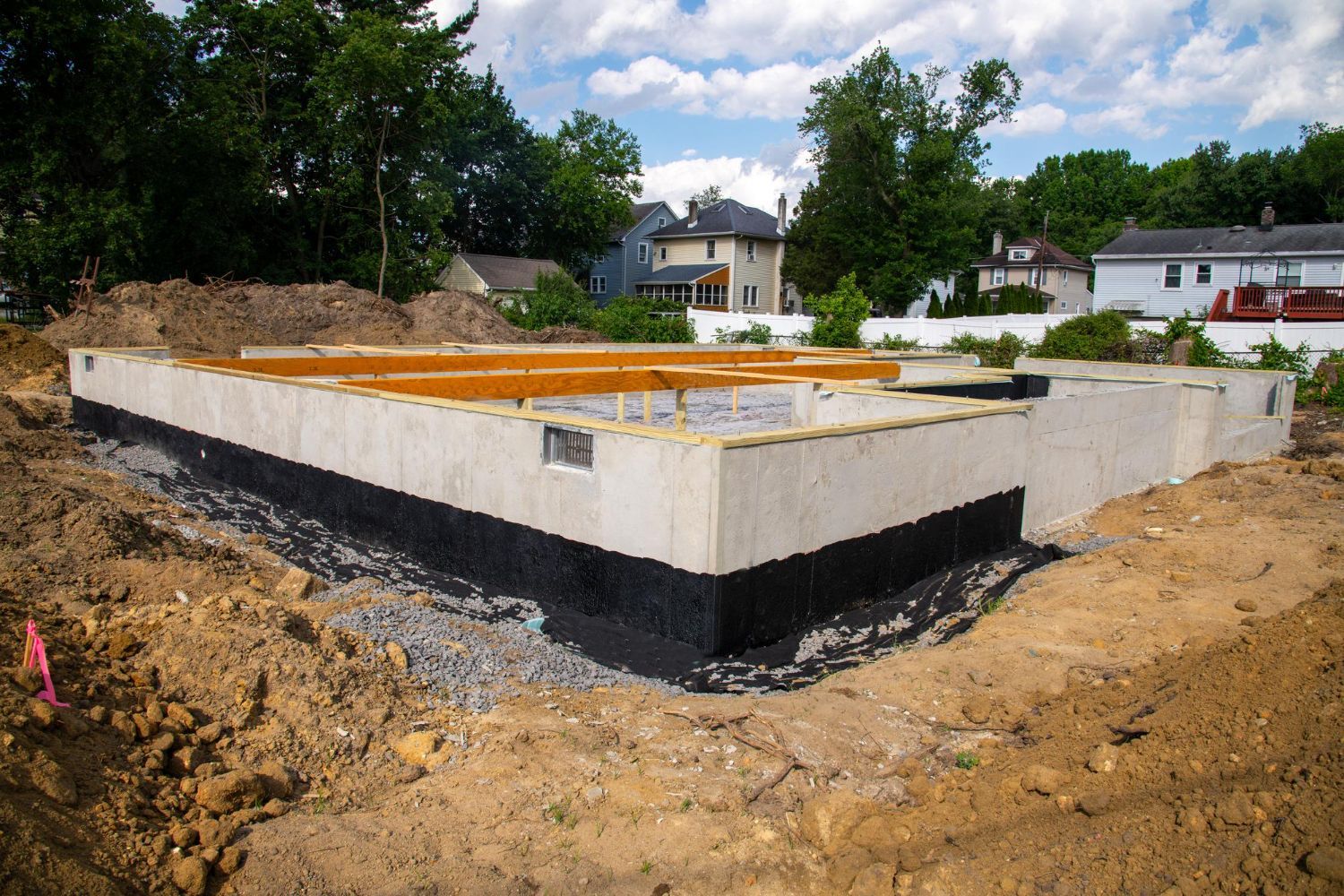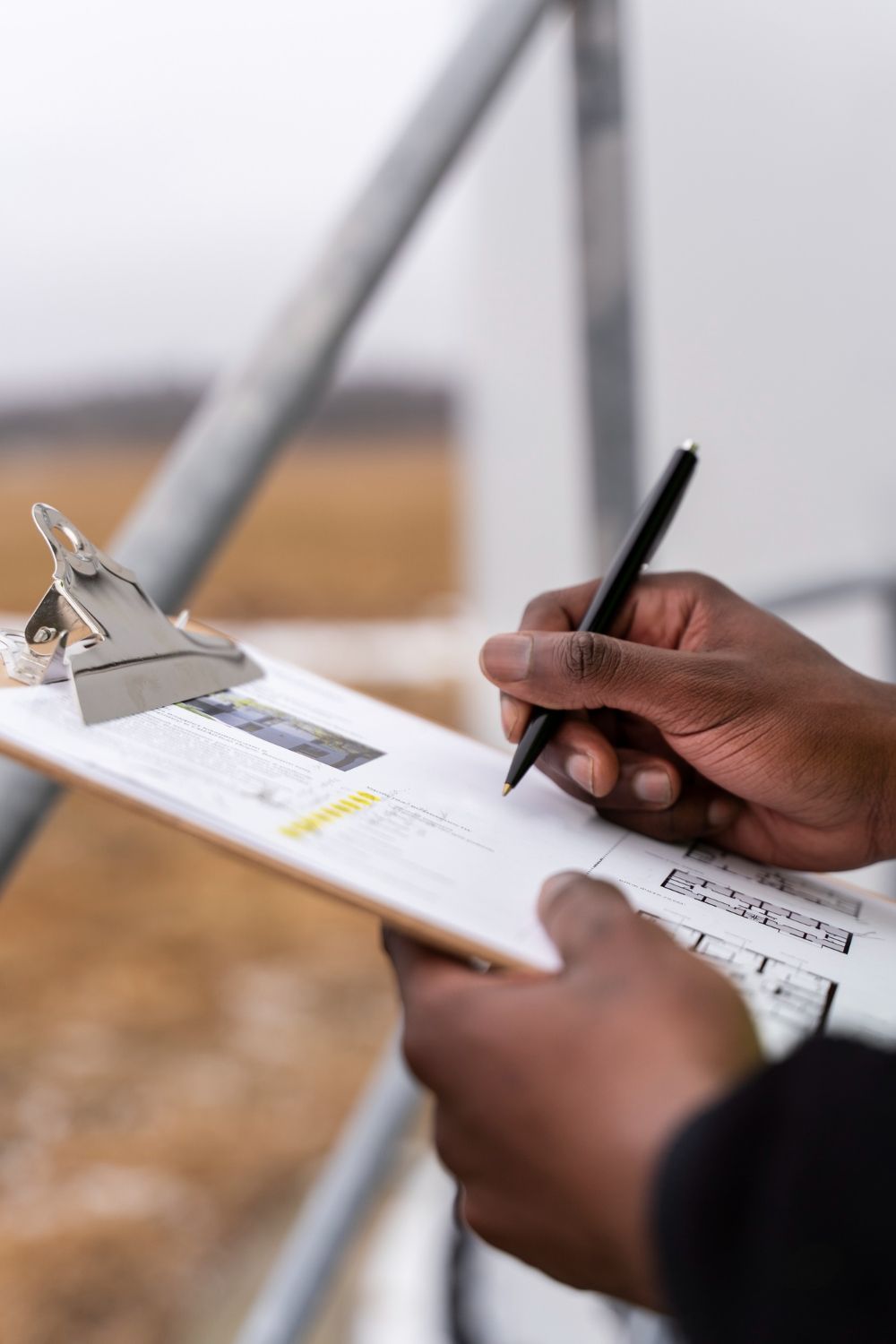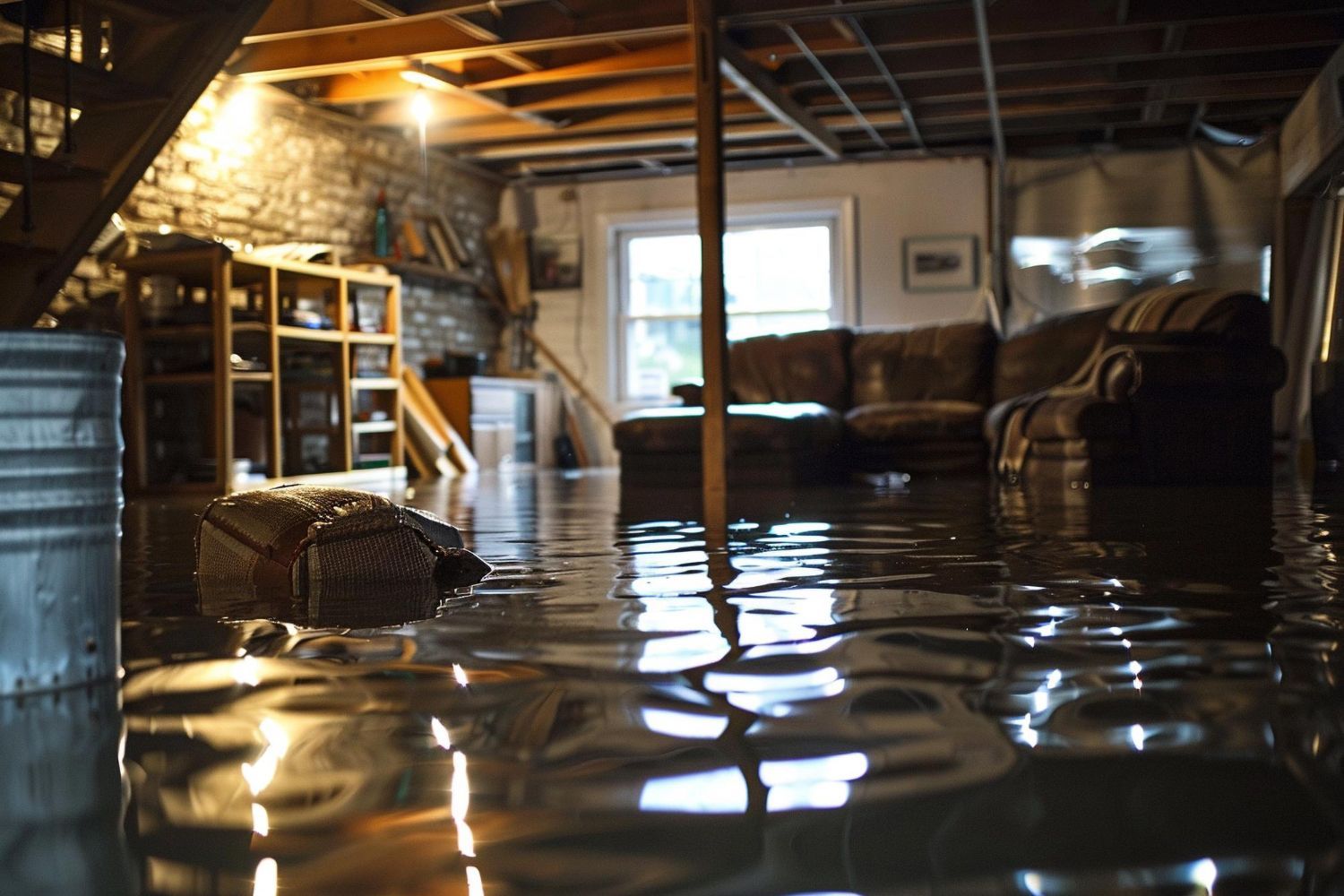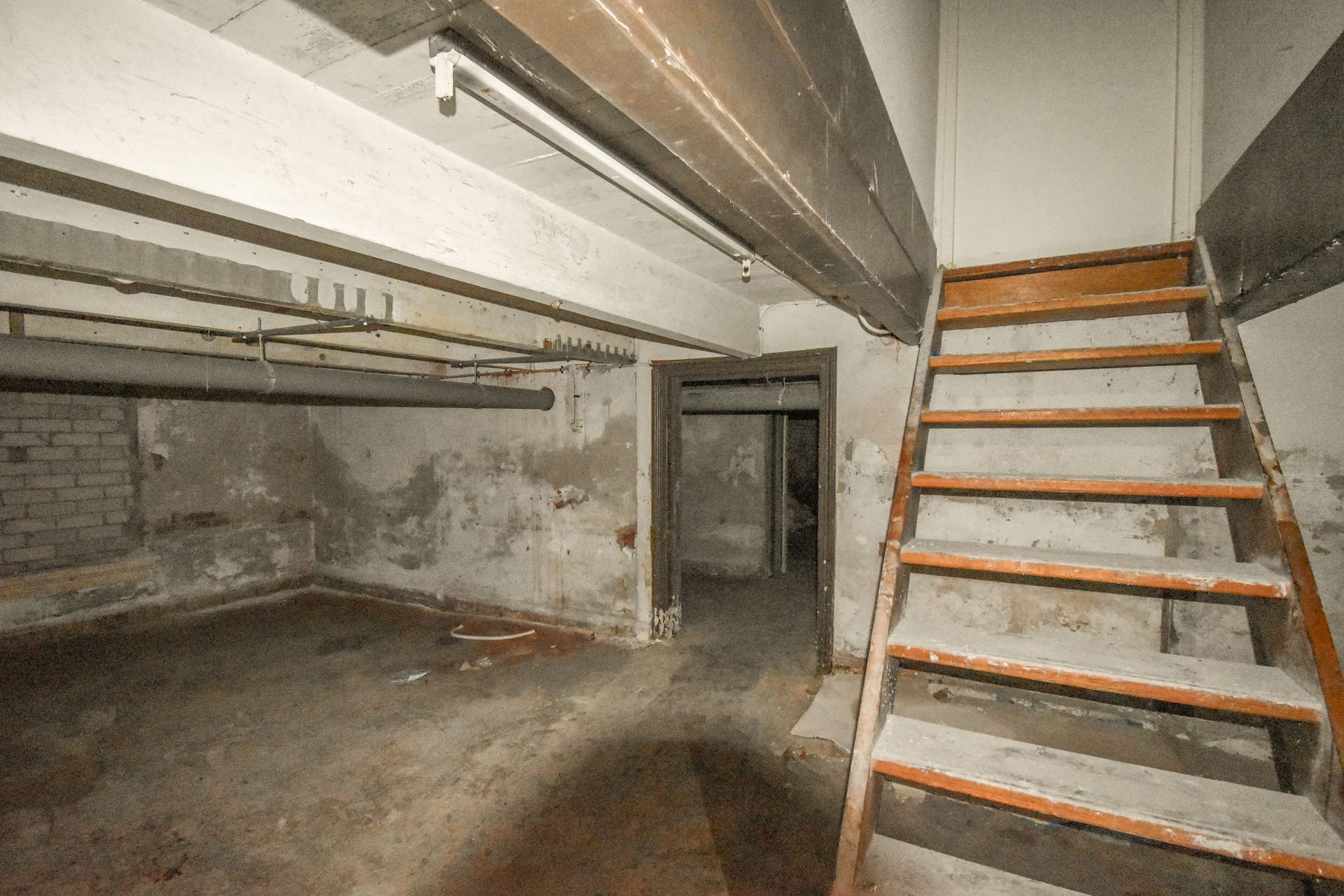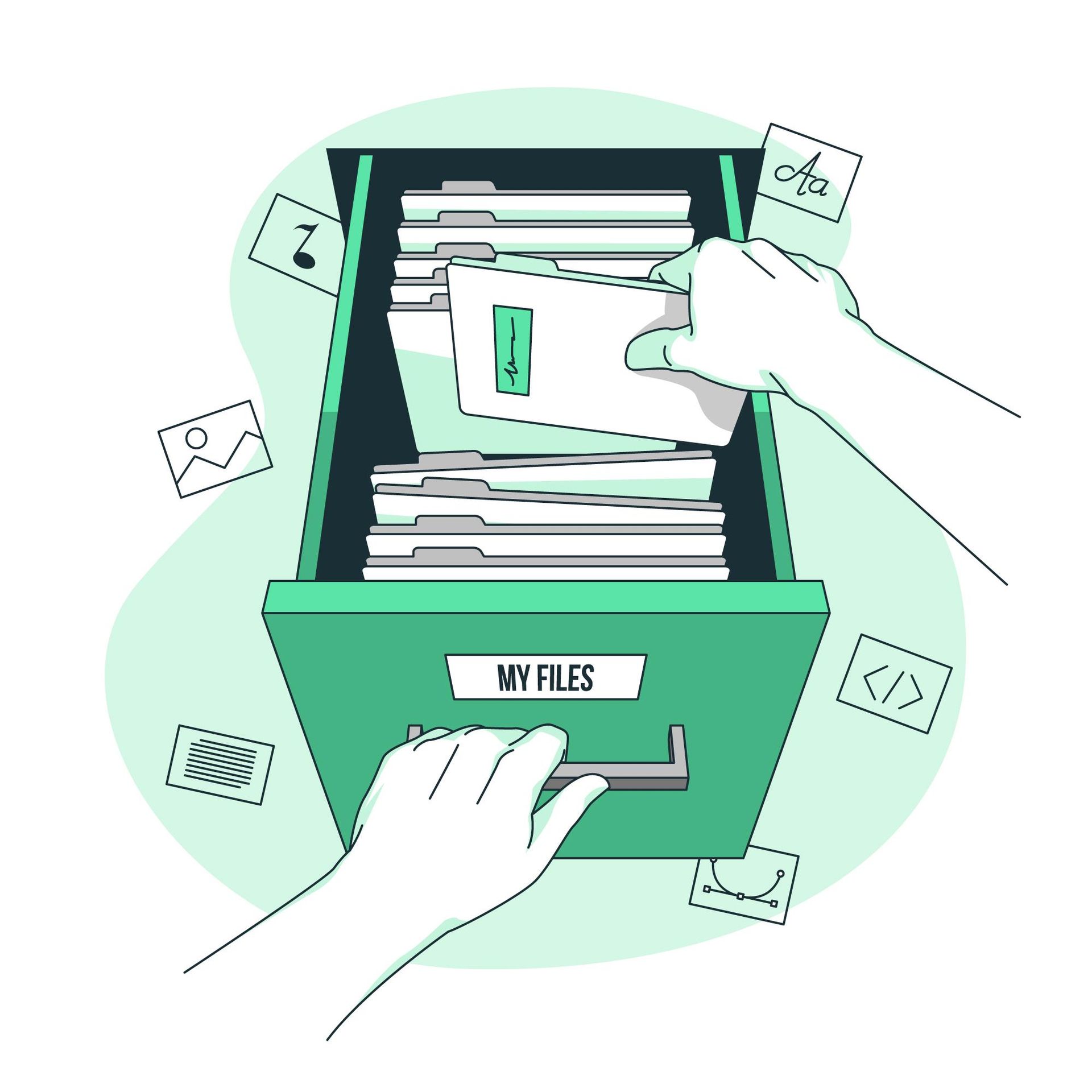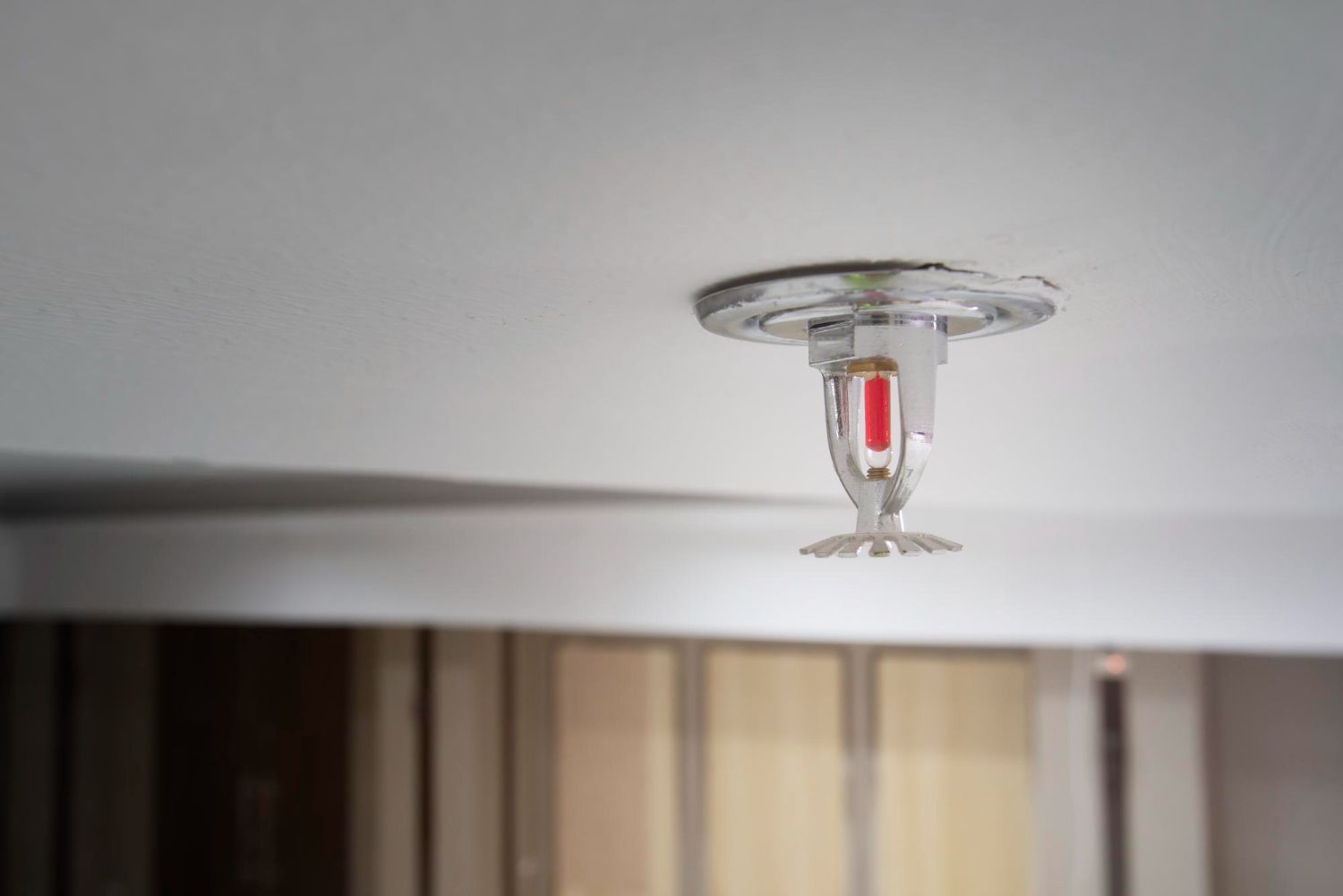Understanding the Impact of Flood Damage on Your Home
Understanding the Impact of Flood Damage on Your Home
-Houston, TX
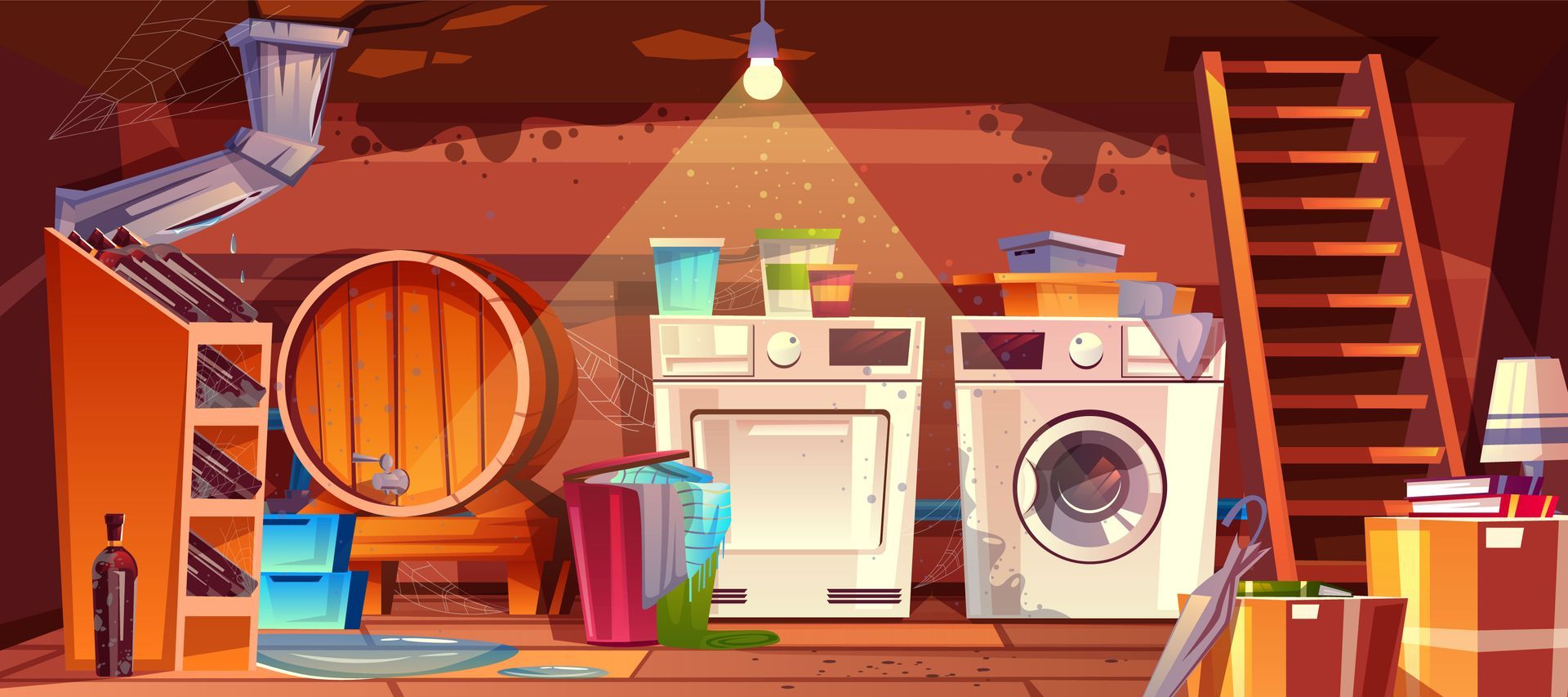
Floods are among the most devastating natural disasters, causing extensive damage to homes and properties. Whether due to heavy rainfall, river overflow, or storm surges, the aftermath of a flood can leave homeowners grappling with a wide range of problems. In this blog post, we’ll explore the various ways flood damage can impact your home and the importance of timely restoration to mitigate these effects.
Structural Damage
One of the most immediate and visible impacts of a flood is structural damage. Water can weaken the foundation of your home, causing cracks, shifting, or even complete collapse in severe cases. Walls, floors, and ceilings may absorb water, leading to warping, swelling, and eventual breakdown. Prolonged exposure to water can compromise the integrity of load-bearing structures, making your home unsafe to inhabit.
Mold and Mildew Growth
Where there’s moisture, there’s a risk of mold and mildew. After a flood, it’s not uncommon for these fungi to start growing within 24 to 48 hours. Mold thrives in damp, dark areas and can spread rapidly throughout your home, affecting walls, carpets, furniture, and even the air you breathe. Mold growth not only damages your property but also poses serious health risks, including respiratory issues, allergies, and other illnesses.
Electrical System Damage
Floodwaters can wreak havoc on your home’s electrical system. Water can seep into electrical outlets, wiring, and appliances, creating a dangerous situation that can lead to electrical fires or shock hazards. It’s crucial to have a qualified electrician inspect your home’s electrical system after a flood to ensure it’s safe to use. Never attempt to turn on power or use appliances until they have been thoroughly checked and cleared.
Contamination and Health Hazards
Floodwaters often contain harmful contaminants, including sewage, chemicals, and debris. These contaminants can infiltrate your home, creating a hazardous environment. Floodwater exposure can lead to serious health issues, particularly if the water has mixed with sewage or other toxic substances. Cleaning and disinfecting your home is essential to remove these hazards and ensure your living environment is safe.
Damage to Personal Belongings
Floods can destroy personal belongings, from furniture and electronics to cherished family heirlooms. While some items may be salvageable with proper cleaning and drying, many will be beyond repair. The emotional toll of losing irreplaceable items can be significant, adding to the stress and trauma of the event.
Long-Term Impact on Property Value
Even after a home has been restored, the history of flood damage can have a long-term impact on property value. Potential buyers may be wary of purchasing a home that has experienced significant water damage, especially if there are concerns about future flooding or lingering issues like mold. Proper documentation of repairs and preventive measures can help alleviate some of these concerns.
What to Do After a Flood
If your home has been affected by a flood, immediate action is crucial to minimize damage and begin the restoration process. Here are some steps to take:
- Ensure Safety: Before returning to your home, make sure it is safe to enter. Check for structural damage, and be cautious of any potential electrical hazards.
- Document the Damage: Take photos and videos of the damage for insurance purposes. This documentation will be essential when filing a claim.
- Remove Water and Dry Out: Use pumps, fans, and dehumidifiers to remove standing water and dry out the affected areas as quickly as possible.
- Clean and Disinfect: Thoroughly clean and disinfect all affected areas to remove contaminants and prevent mold growth.
- Call in the Professionals: Contact a reputable flood damage restoration company to assess the damage and begin the restoration process. Professional restoration services can help ensure your home is properly repaired and safe to live in.
Flood damage can be overwhelming, but understanding its impact and taking swift action can help you navigate the aftermath more effectively. By addressing structural damage, preventing mold growth, and ensuring your home’s safety, you can restore your home to its pre-flood condition and protect it from future damage. Remember, the key to minimizing flood damage is prompt and thorough restoration—don’t hesitate to seek our professional help to safeguard your home and your family’s well-being.

